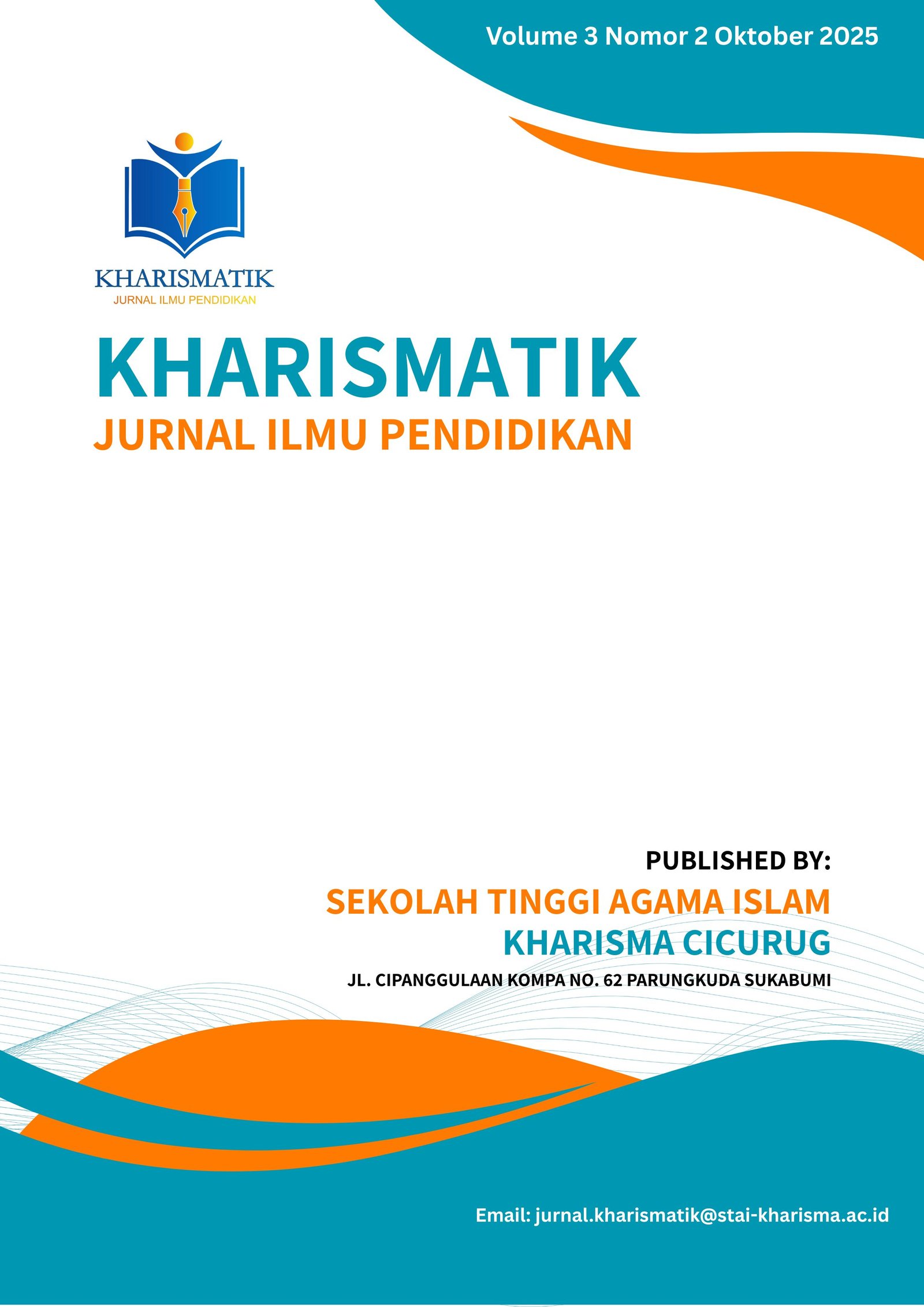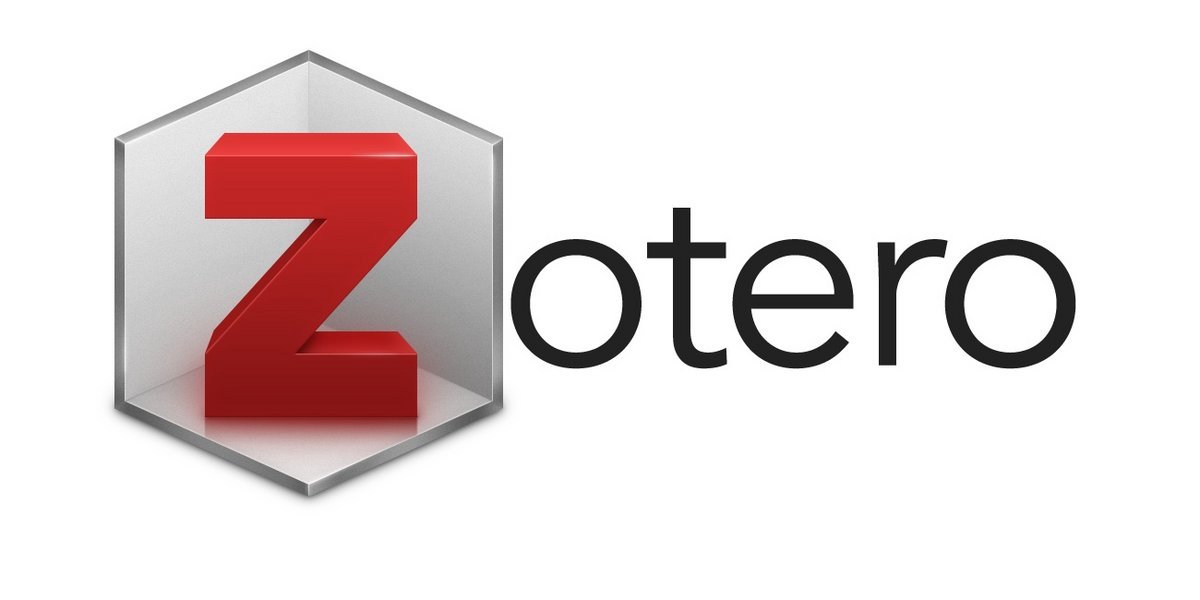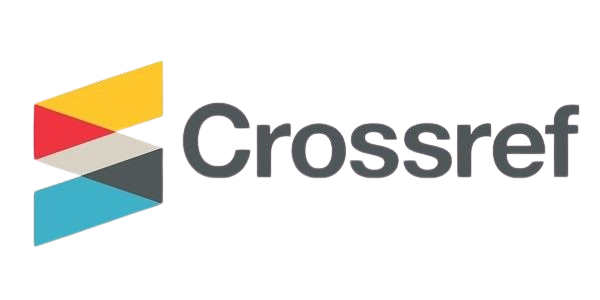Pembelajaran bahasa Arab sebagai determinan keberhasilan tahfidz Al-Qur’an dalam pendidikan Islam
Arabic language learning as a determinant of Qur’an memorization success in Islamic education
DOI:
https://doi.org/10.70757/kharismatik.v3i2.68Keywords:
Al-Qur’an memorization, Arabic language, Integrative learningAbstract
This study addresses the crucial relationship between Arabic language acquisition and Qur'an memorization in Islamic educational settings. The research aims to quantitatively measure the influence of Arabic language learning on Qur'an memorization ability among eighth-grade students at MTs Al-Ma'arij Bojonggenteng Sukabumi. Using a descriptive-correlational quantitative approach with total sampling of 28 students, data were collected through questionnaires and analyzed using statistical methods. The results demonstrate significant positive correlations, with 100% of students showing Arabic material comprehension, 100% achieving fluent Arabic vocabulary pronunciation, and 92.85% mastering proper Arabic intonation. The study concludes that Arabic language proficiency substantially enhances Qur'an memorization capabilities through improved semantic understanding and phonetic accuracy. These findings imply the necessity of developing integrated curricula that combine linguistic and spiritual approaches in Islamic education, suggesting that Arabic language instruction should be systematically aligned with Qur'anic studies to optimize memorization outcomes. The research contributes to the development of more effective pedagogical models in religious education that leverage linguistic competence for enhanced spiritual learning.
References
Adawiyah, S. A. (2019). Rois dalam Pendidikan Karakter Umat. El-Tarbawi, 12(2). https://doi.org/10.20885/tarbawi.vol12.iss2.art1
Afwa, T. F. (2021). Penguatan mutu sumber daya guru tahfidz al-Qur’an di Pondok Pesantren Darul Falah Sumberejo Sukorejo Ponorogo [Doctoral dissertation]. IAIN Ponorogo.
Al-Balushi, R. (2025). A Proposal for a Modern Curriculum for the Arabic Language Syntax and Morphology: مقترحٌ لمنهجٍ حديثٍ لنحوِ اللغةِ العربيةِ وصرفِها واشتقاقِها. Journal of Arabic Language Learning and Teaching (JALLT), 3(2), 89–106. https://doi.org/10.23971/jallt.v3i2.352
Allen, H. W. (2025). A Design Orientation to Second Language Writing Instruction (1st edn). Routledge. https://doi.org/10.4324/9781003398097
Al-Mubassyir, M. (2023). Prinsip pembelajaran bahasa Arab daring perspektif Rusydi Ahmad Thu’aimah. Arabi: Journal of Arabic Studies, 8(1), 80–94. https://doi.org/10.24865/ajas.v8i1.451
Ardiansyah, A., Sudana Degeng, I. N., Kuswandi, D., & Ulfa, S. (2025). A New Model For Blended Learning In Islamic Higher Education: Integrating Peer Instruction With Just-In-Time Teaching. Turkish Online Journal of Distance Education, 26(3), 192–216. https://doi.org/10.17718/tojde.1533067
Arsyad, A. (2013). Media Pembelajaran. PT Raja Grafindo Persada.
Asy’ari, H. (2022). Pendampingan Penguatan Akidah Ahlus Sunnah Wal Jama’ah (ASWAJA) An-Nahdiyyah Menggunakan Buku SKIA Di Taman Pendidikan Al-Qur’an (TPQ) Dan Himpunan Alumni Madrasah As-Shobri Dusun Kopang Kebun, Desa Kemuning Lor, Kecamatan Arjasa, Kabupaten Jember. Al-Ijtimā: Jurnal Pengabdian Kepada Masyarakat, 3(1), 122–135. https://doi.org/10.53515/aijpkm.v3i1.57
Aziza, L. F., & Muliansyah, A. (2020). Keterampilan berbahasa Arab dengan pendekatan komprehensif. El-Tsaqafah: Jurnal Jurusan PBA, 19(1), 56–71.
Batalipu, N. R. (2019). Pengaruh penguasaan kosakata bahasa Arab terhadap kemampuan menghafal Al-Qur’an mahasiswa Program Studi Pendidikan Bahasa Arab FTKIN Palu [Undergraduate thesis]. IAIN Palu.
Brown, H. D. (2007). Principles of language learning and teaching (5th ed). Pearson Longman.
Cohen, L., Manion, L., & Morrison, K. (2017). Research Methods in Education (8th edn). Routledge.
Cook, V. (2013). Second Language Learning and Language Teaching: Fifth Edition (0 edn). Routledge. https://doi.org/10.4324/9780203770511
Creswell, J. W. (2013). Qualitative Inquiry And Research Design: Choosing Among Five Approaches. SAGE Publications.
Dedduang, V., & Kholis, N. (2025). A Comparative Study of Arabic Language Education in Indonesia, Thailand, China, and South Korea. International Journal of Social Science Research and Review, 8(7), 133–143. https://doi.org/10.47814/ijssrr.v8i7.2736
Dörnyei, Z. (with Taguchi, T.). (2010). Questionnaires in second language research: Construction, administration, and processing (Second edition). Routledge. https://doi.org/10.4324/9780203864739
Effendi, A., Hairunnisa, H., & Jamaliah, J. (2025). Analysis of the Integration of Tahfiz Al-Qur’an in the Curriculum: Its Impact on Student Achievement. At-Tadzkir: Islamic Education Journal, 4(1), 81–92. https://doi.org/10.59373/attadzkir.v4i1.135
Ellis, R. (2008). The study of second language acquisition. Oxford University Press.
Fitriani & Herdah. (2025). Analisis Praktik Evaluasi Pembelajaran Bahasa Arab Berbasis Pengetahuan, Keterampilan, dan Sikap terhadap Guru di Sekolah. Al Ibrah: Journal of Arabic Language Education, 8(1), 34–40. https://doi.org/10.24256/jale.v8i1.5779
Gass, S. M., & Selinker, L. (2008). Second language acquisition: An introductory course (3rd ed). Routledge/Taylor and Francis Group.
Harmer, J. (1991). The practice of English language teaching (New ed). Longman ; Distributed in the U.S.A by Longman Pub.
Humairoh, J. A., Mohamad Zaka Al Farisi, & Rinaldi Supriadi. (2025). A Rhetorical Move Analysis of Arabic-Language Abstracts in Education and Linguistics: A Comparative Study of Native Arabic and Indonesian Speakers. Asalibuna, 9(01), 46–72. https://doi.org/10.30762/asalibuna.v9i01.5429
Irmadani, I. S. (2018). Implementasi Kurikulum 2013 mata pelajaran Pendidikan Agama Islam (PAI) di sekolah dasar swasta: Studi kasus pada Sekolah Dasar Swasta Islam Terpadu Permata Cendekia [Doctoral dissertation]. Universitas Islam Negeri Sumatera Utara.
Jamaan, A. R. B. (2025). A Study of Collaborative Learning Strategies’ Effectiveness in Mastering Arabic Language among Students in Higher Education. International Journal of Research and Innovation in Social Science, IX(I), 1893–1910. https://doi.org/10.47772/IJRISS.2025.9010152
Krashen, S. D. (1982). Principles and practice in second language acquisition (1st ed). Pergamon.
Lightbown, P., & Spada, N. M. (2013). How languages are learned (Fourth edition). Oxford University Press.
Mardhiyah, U. (2020). Metode pembelajaran tahfidz Al-Qur’an di Pondok Pesantren Futuhiyyah 1 Kabupaten Lampung Utara [Doctoral dissertation]. UIN Raden Intan Lampung.
Nation, I. S. P. (2001). Learning vocabulary in another language. Cambridge University Press.
Nunan, D., & Nunan, D. (2004). Task-based language teaching. Cambridge University Press.
Nurhayati, N., Insan Kamila, G., & Aulia, M. (2025). Analysis Of Common Errors In Arabic-Indonesian Translation Of Nonfiction Texts (Arabic-Language Da’wah Magazines). Jurnal Recoms, 2(1), 1–14. https://doi.org/10.59548/rc.v2i1.369
Pakpahan, T., & Salam, M. Y. (2025). A Case Study On Linguistic Errors In Arabic Language Learning At State Islamic Senior High School (Man) Insan Cendekia Batam City. Ihya Al-Arabiyah: Jurnal Pendidikan Bahasa Dan Sastra Arab, 10(2), 219. https://doi.org/10.30821/ihya.v10i2.25273
Qutni, D. (2018). Efektivitas integrasi kurikulum dalam pembentukan karakter peserta didik: Studi di SMP Daarul Qur’an Internasional Tangerang, Internasional Pesantren Tahfizh Daarul Qur’an. Jurnal Tahdzibi: Manajemen Pendidikan Islam, 3(2), 103–116. https://doi.org/10.24853/tahdzibi.3.2.103-116
Rangkuti, A. N. H., Khairiyah, H., Yuliani, S. Y., & Yuliana, W. M. (2022). Urgensi pembelajaran bahasa Arab bagi Hafizhul Qur’an. Muhadasah: Jurnal Pendidikan Bahasa Arab, 4(1), 1–11.
Richards, J. C., & Rodgers, T. S. (2014). Approaches and methods in language teaching (Third edition). Cambridge University Press. https://doi.org/10.1017/9781009024532
Rohman, M. (2010). Gagasan Reaktualisasi Pemikiran Islam Hassan Hanafi.
Rosyidi, A. W., & Ni’mah, M. A. (2011). Memahami konsep dasar pembelajaran bahasa Arab.
Rouaghe, F., & Pareek, R. (2025). A Socio-Linguistic Perspective on the Pedagogical Use of English as a Medium of Instruction in North Africa and India: A Comparative Analysis. In F. Rouaghe, N. Idri, & T. Assassi (Eds), English Medium Instruction in Higher Education (Vol. 44, pp. 203–223). Springer Nature Switzerland. https://doi.org/10.1007/978-3-031-96387-2_9
Salida, A., & Zulpina, Z. (2023). Keistimewaan bahasa Arab sebagai bahasa Al-Qur’an dan ijtihadiyyah. Jurnal Sathar, 1(1), 23–33. https://doi.org/10.59548/js.v1i1.40
Siddik, J. (2021). Pengaruh pembelajaran bahasa Arab terhadap motivasi menghafal Al-Qur’an santri Pondok Pesantren Imam As-Syathiby Kabupaten Gowa.
Downloads
Published
How to Cite
Issue
Section
Citation Check
License

This work is licensed under a Creative Commons Attribution-ShareAlike 4.0 International License.
Authors who publish articles in Kharismatik agree to the following terms:
- Authors retain copyright of the article and grant the journal right of first publication with the work simultaneously licensed under a CC-BY-SA or The Creative Commons Attribution–ShareAlike 4.0.
- Authors are able to enter into separate, additional contractual arrangements for the non-exclusive distribution of the journal's published version of the work (e.g., post it to an institutional repository or publish it in a book), with an acknowledgment of its initial publication in this journal.
- Authors are permitted and encouraged to post their work online (e.g., in institutional repositories or on their website) prior to and during the submission process, as it can lead to productive exchanges, as well as earlier and greater citation of published work (See The Effect of Open Access).













